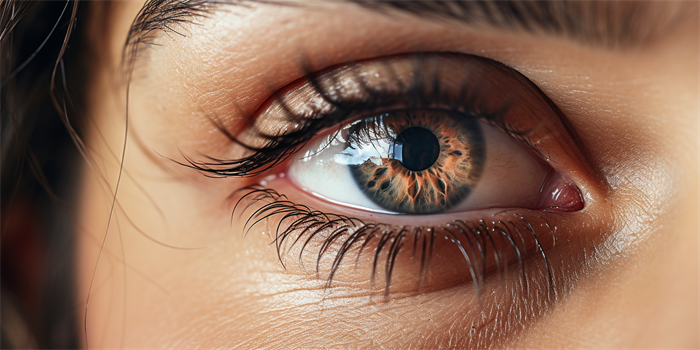Understanding Microblading Side Effects in Papua New Guinea
Microblading, a popular cosmetic procedure in Papua New Guinea, involves the manual insertion of pigment into the skin to create the appearance of hair strokes on the eyebrows. While this technique can significantly enhance facial features and boost confidence, it is essential to be aware of potential side effects. Understanding these effects can help individuals make informed decisions and ensure proper post-procedure care.

Common Side Effects of Microblading
1. **Swelling and Redness**: Immediately after the procedure, it is common to experience some degree of swelling and redness around the eyebrows. This is a natural response to the trauma inflicted on the skin and typically subsides within a few days.
2. **Itching and Dryness**: As the skin heals, it may feel dry and itchy. It is crucial not to scratch or pick at the area, as this can lead to infection or poor pigment retention.
3. **Discoloration**: Initially, the pigment may appear darker and more intense than expected. Over time, this usually lightens to a more natural shade. However, some individuals may experience uneven fading or discoloration, which might require touch-ups.
Rare but Serious Side Effects
1. **Infection**: Although rare, there is a risk of infection if the tools used are not properly sterilized or if the aftercare instructions are not followed diligently. Signs of infection include excessive redness, pus, and severe pain.
2. **Allergic Reactions**: Some people may be allergic to the pigments used in microblading. Symptoms of an allergic reaction can include itching, rash, and difficulty breathing. It is advisable to undergo a patch test before the procedure to check for any allergic reactions.
3. **Scarring**: In very rare cases, individuals may develop scars at the site of the microblading. This is more likely to occur if the skin is not allowed to heal properly or if the procedure is performed by an inexperienced technician.
Post-Procedure Care
Proper aftercare is crucial to minimize side effects and ensure the best possible outcome. Here are some essential tips:
1. **Keep the Area Clean**: Gently clean the eyebrows with sterile water or saline solution and avoid using harsh soaps.
2. **Avoid Sun Exposure**: Protect the treated area from direct sunlight for at least a few weeks to prevent fading and potential skin damage.
3. **Avoid Makeup**: Do not apply makeup to the eyebrows for at least a week to prevent contamination and ensure proper healing.
Choosing a Qualified Technician
Selecting a qualified and experienced microblading technician is paramount to reducing the risk of side effects. Look for certifications, reviews, and before-and-after photos to gauge the technician's skill level. A professional technician will also provide detailed aftercare instructions and be available for follow-up consultations.
FAQ
Q: How long does the healing process take?
A: The initial healing process typically takes about 10-14 days. However, it may take up to 6-8 weeks for the skin to fully regenerate and for the final color to appear.
Q: Can I wear makeup after microblading?
A: It is recommended to avoid applying makeup to the eyebrows for at least a week to prevent infection and ensure proper healing.
Q: How often will I need touch-ups?
A: Most individuals require touch-ups every 1-2 years to maintain the desired eyebrow appearance. However, this can vary based on skin type and lifestyle factors.
In conclusion, while microblading can provide stunning results, it is important to be aware of the potential side effects and take necessary precautions. By choosing a qualified technician and following proper aftercare, individuals in Papua New Guinea can enjoy beautiful, natural-looking eyebrows with minimal risks.




